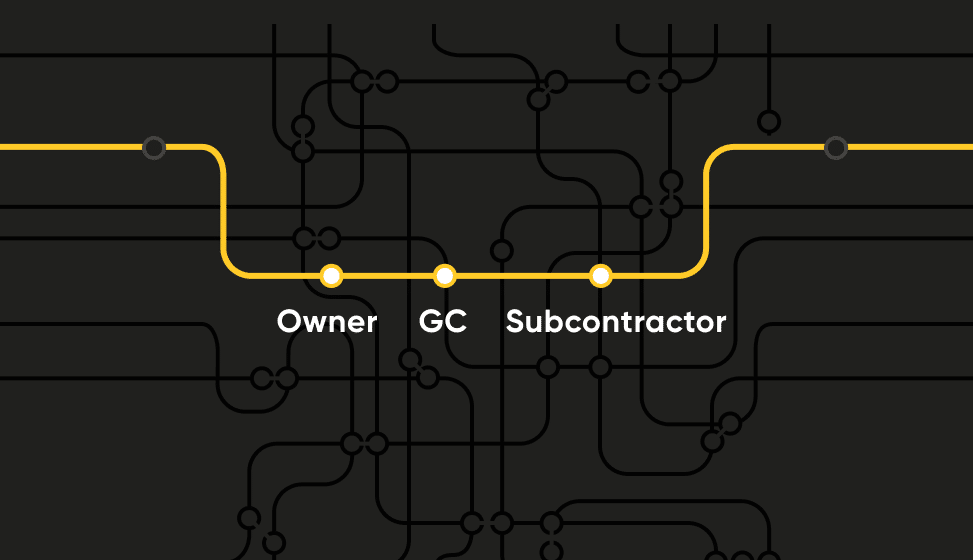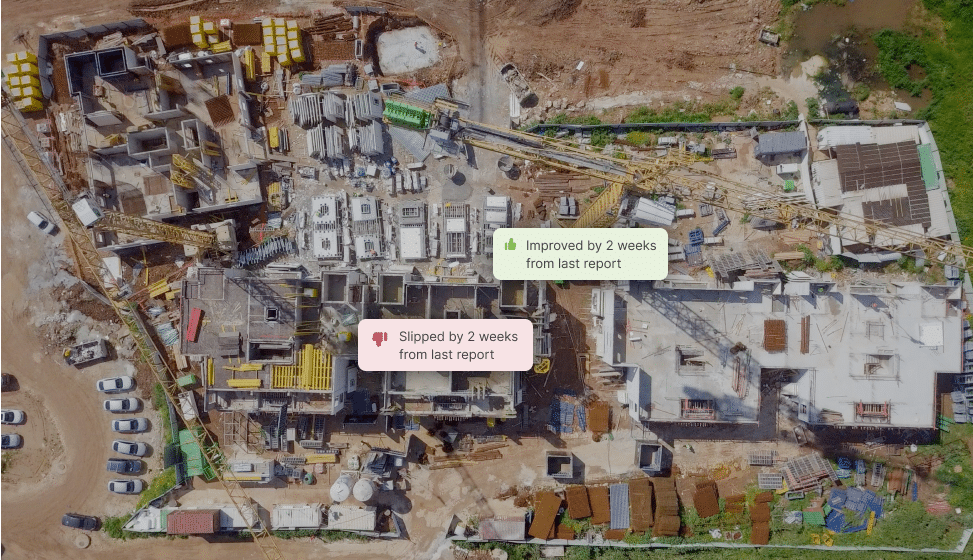Last Planner System An Introduction to the Last Planner System (LPS) – Lean Methodology

It's no secret that conventional construction management has its challenges. Despite the efforts of the best project managers, construction projects worldwide are often fraught with schedule, budget, and quality issues.
One of the main issues with traditional management methods in the construction industry (among other things) is the tendency to exclude the people involved in executing the work from the planning process. This oversight often leads to a disconnect between what managers think needs to be done versus what actually needs to be done.
In an attempt to address the shortcomings of conventional construction planning and management, U.S. construction professionals and founders of the Lean Construction Institute, Glenn Ballard and Greg Howell, developed the Last Planner System (LPS) in the late 1990s.
What Is the Last Planner System?
Lean construction is a project delivery process that aims to maximize stakeholder value while minimizing costs, time, effort, and materials used for the entire project.
The Last Planner System focuses on these lean construction principles by introducing planning and management techniques to improve predictability, reliability, control, and productivity on construction projects.
It is a collaborative effort that actively involves suppliers, subcontractors, site supervisors, foremen, etc., in the planning process as the time for executing the works draws closer. It encourages relevant participants to attend meetings and commit to tasks at each project phase. The method is so-named since it engages the individuals involved in executing the work, i.e., the last planners, as opposed to “first planners” (project managers, project planners, etc.) who are responsible for setting major milestones at the beginning of the project.
The Last Planner System requires the last planners to work together through a series of conversational processes. This collaboration allows people ‘on the ground' to more accurately define how and when work gets done while minimizing or eliminating constraints along the way.
This systematic process seeks to ensure that work flows reliably, projects are completed on schedule, and potential issues are identified ahead of time.
In summary, effective implementation of the Last Planner System revolves around three fundamental principles:
- Effective coordination of personnel actively involved in executing the work (last planners) through regular meetings
- Commitment from the last planners on specific tasks and deadlines
- Visibility of project progress via basic performance metrics
What Are the Main Elements of the Last Planner System?
The Last Planner System is made up of distinct elements or phases, each bringing its own set of benefits to the overall process. The system adopts a holistic approach to management; therefore, planners must see each step through to reap the benefits. Outlined below are the five major elements of this planning technique.

1. Master Planning
The Master Planning phase is the first and perhaps most important phase of the Last Planner System. This phase focuses on building a master schedule that defines the major project milestones and goals for the construction project. The master schedule is the basis for all other planning activities and changes throughout the entire project. These milestones dictate the flow of the project and help gauge the progress and overall health of the project. Ideally, the last planners from the design and construction phases are involved in the master planning exercise. These individuals include but are not limited to, architects, foremen, and site superintendents.
2. Phase Planning/Scheduling
The Phase Planning also known as the Phase Scheduling stage, is where the Last Planner System differs from traditional construction management. Here, the teams involved in each major milestone collaborate to determine the sequence and duration of their particular task phase. ‘Pull planning' is often used during phase scheduling, whereby the last planners work backward from each milestone date, adding greater detail to the requirements of each phase as they go along.
3. Make Ready Planning
The third phase of the Last Planner System, Make Ready Planning, focuses on ensuring teams can perform the work specified. The last planners create a ‘look ahead plan' to identify constraints in upcoming tasks from the phase scheduling stage. Any constraints found are recorded on a log that identifies the planner responsible for resolving each constraint. This process helps remove possible obstacles in the construction project workflow.
4. Weekly Work Planning
As its name suggests, Weekly Work Planning involves outlining and reviewing tasks, the last planner teams will complete the following week. Each team must commit to completing their assigned tasks as specified during phase scheduling. Teamwork and reliability are of utmost importance during this phase of the system.
5. Learning
The Learning phase ensures that all team members are up to date on the latest developments throughout the entire project. The Last Planner System offers teams two opportunities for learning:
- Daily coordination meetings – Also called a daily huddle, last planners hold a brief meeting to discuss whether their respective teams have accomplished the work they planned that day. If the specified work is not complete, the planners implement daily adjustments to help get the project back on track.
- Analysis of key metrics – This process involves comparing the project progress to the project plan using relevant metrics such as Percent Plan Complete (PPC), Tasks Make Ready, and Tasks Anticipated.
How Does the Last Planner System Improve Construction Project Performance?
Anecdotal and scientific research has shown that the lean construction technique can improve construction project predictability, help keep a tighter grip on costs, reduce project duration, and improve project safety. These benefits are made possible due to the Last Planner System's ability to:
Simplify Delivery Management
All construction project activities, milestones, and decisions are displayed visually on a workboard during team meetings. This level of transparency ensures that all team members are on the same page, allowing them to better understand each other’s roles and responsibilities during each project phase. As a result, everyone (including the owner) can better appreciate how decisions, scope changes, approvals, etc., impact the project schedule.
Improve Project Communication, Visibility, and Coordination
Lack of communication and coordination is one of the main issues plaguing construction projects globally. By visually displaying the project workflow on the workboard, last planners can get a holistic view of the project, making it easier to identify and resolve issues affecting the project schedule before work starts.
Reduce Rework and Schedule Slippage
Studies show that rework can account for up to 12% of construction project costs. In addition, informal studies by Ballard reveal that teams spend 50% of design time on unnecessary rework. However, with the Last Planner System, each team member has intimate knowledge of the project workflow. As such, “bad news” can be discovered in the meeting room instead of on the field, where changes can be difficult to make and detrimental to the project schedule.
Potential Challenges With Implementing the Last Planner System
The benefits of the Last Planner System are well documented; however, implementing it can be challenging for some projects. While the concept of collaboration sounds appealing, some project team members have expressed frustration that plans and processes are not followed, and, as a result, project outcomes are not improved. In addition to a lack of experience, studies cite extra resources, more meetings, and additional paperwork act as deterrents to properly implementing the Last Planner System on complex projects.
The learning stage, in particular, is often ignored or done poorly. Accurate and objective performance reporting is the backbone of the Last Planner System and is paramount to ensuring that teams can reliably measure their progress during each phase or milestone of the lean journey.
Without this data, teams cannot determine how well they fulfill promises in the weekly work plan. As a result, project teams may find it difficult to assign accountability, remedy underlying performance issues, or devise methods to bring the project back on track.
Integrated technology, such as that offered by Buildots, significantly improves construction project visibility and accuracy of progress reporting during the learning phase. By removing subjectivity and human error in performance reporting, teams can develop effective plans to realign the project progress with the work schedule. Technology and automation can also reduce paperwork and effort in generating reports which often act as barriers to adopting the Last Planner System on projects.
If you want to learn more about how Buildots can help implement the Last Planner System and other lean methodologies on your next construction project, feel free to book a demo.



